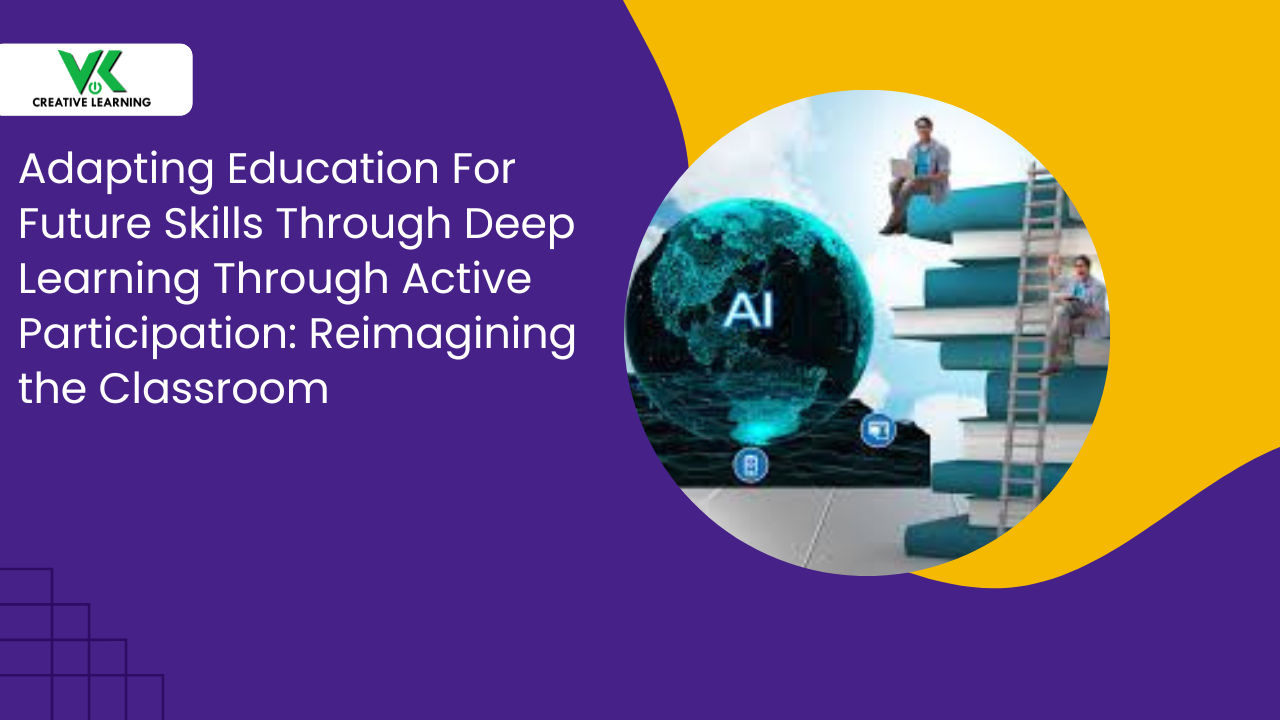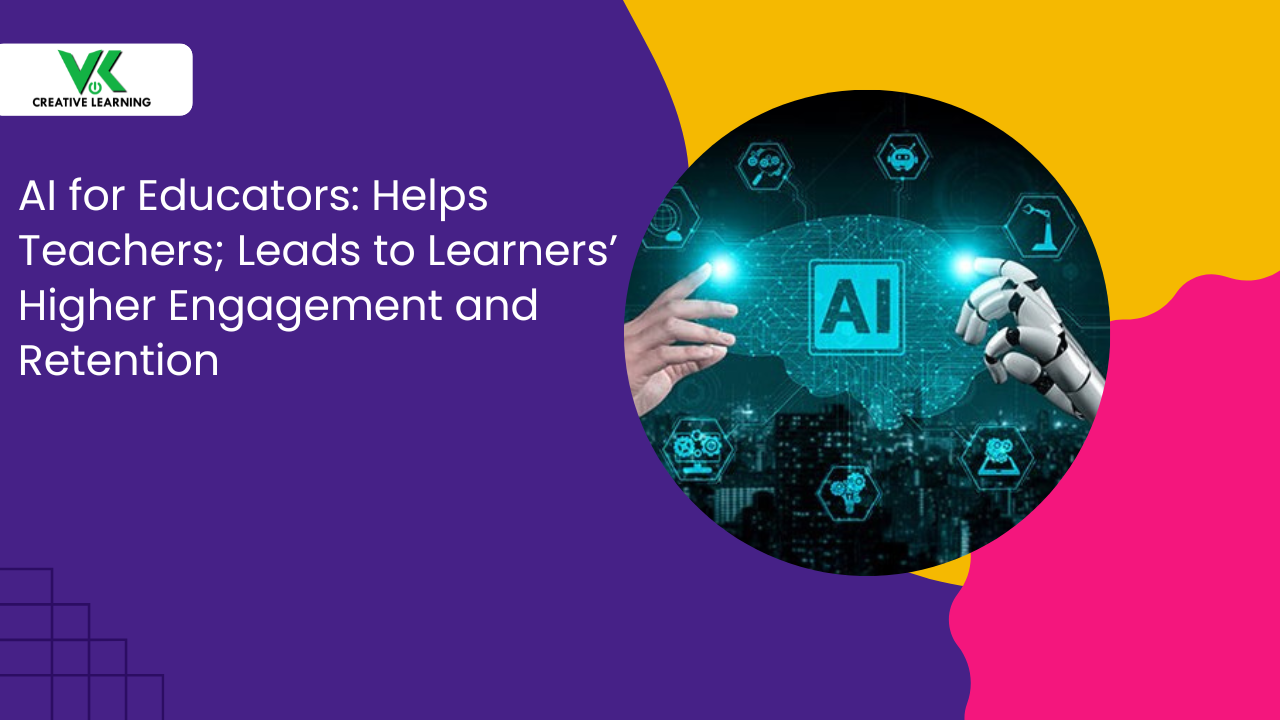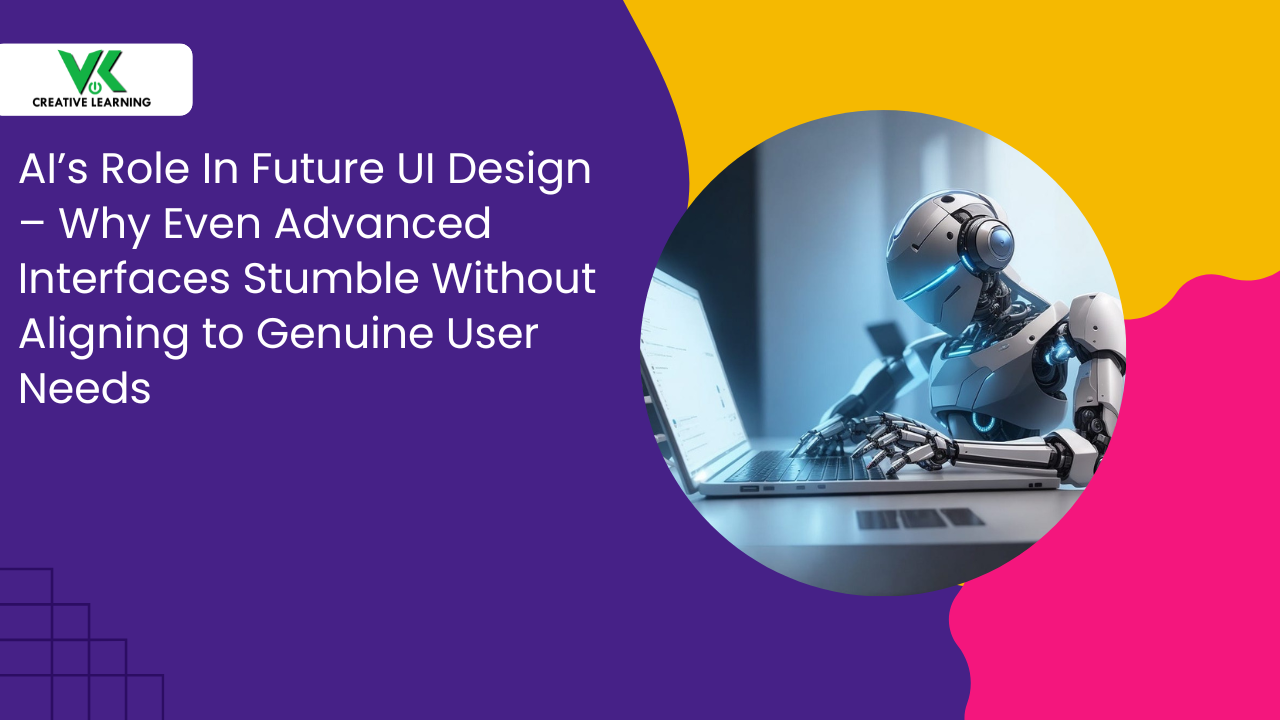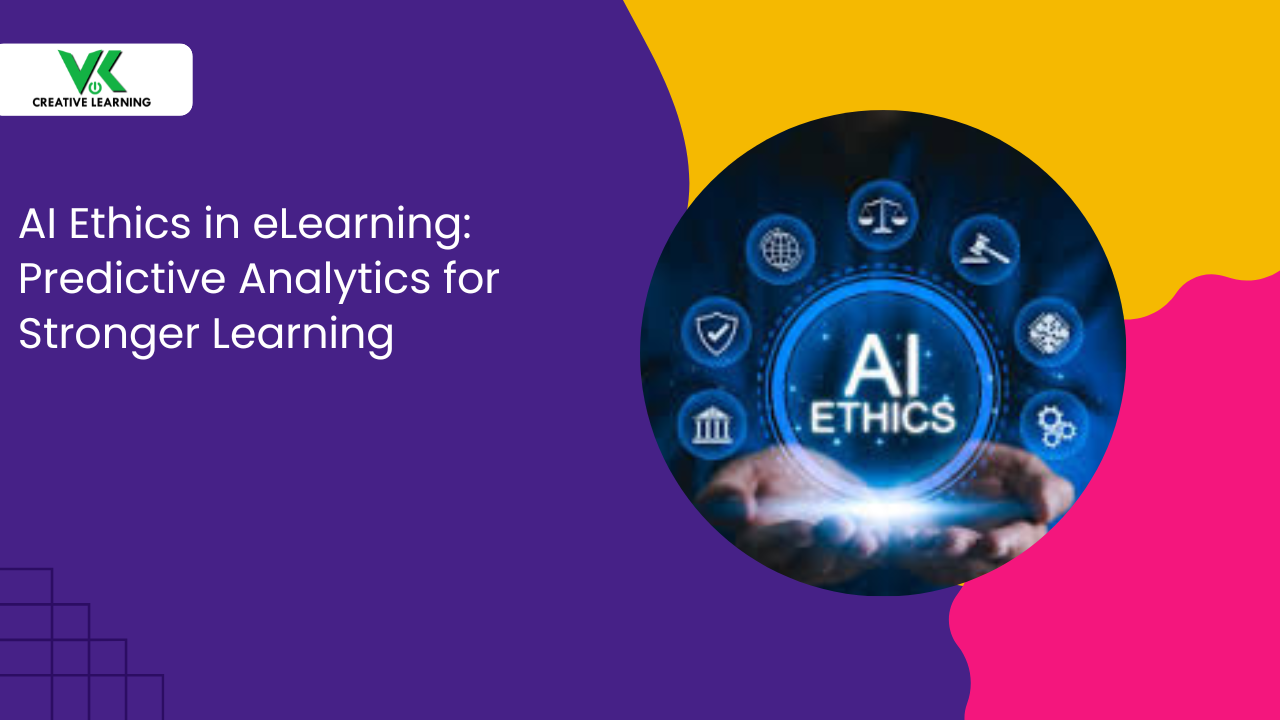Digital Content That Clicks: Blueprint to Make Your Content Creations Bestseller-Worthy
April 04, 2025
Digital content challenges, mainly due to unsystematic online tutorials and video lectures, may be a critical issue for learners. Moreover, conventional educational systems (static presentations, outdated eBooks, and simple PDFs) may come across as hurdles. This could happen while adapting to digital content solutions.
Consequently, learners may be overwhelmed if they have to navigate through huge digital content repositories. These include: massive course libraries, endless webinars, and unorganized blogs.
Undoubtedly, this can happen owing to technical limitations that may hinder engagement with digital content. Therefore, approaching top eLearning content providers to overcome difficulties can be a smart idea. The issues can be slow-loading learning websites, mobile apps that are incompatible, and non-user friendly interfaces.
In fact, a research study indicates the same -- many learners may struggle to understand digital content thoroughly. Troubles may come up while going through survey reports, academic studies, and online detailed feedback.
Moreover, this may happen due to fragmented digital content courses. Consequently, it may lead to reduced retention rates. Some examples can be: scattered lessons, modules inconsistent in nature, and divided resources.
Consequently, the use of outdated interfaces and poor interactivity can become another reason. In fact, they can be the major reasons contributing to dissatisfaction among online learners. Examples of inflexible interface can be: legacy systems, rigid designs, and unresponsive platforms.
Thus, learners with irrelevant learning materials can impact the learning process. This may happen due to: non-relevant statistics, old software versions, and redundant practices.
Not surprisingly, some studies support this problem existing with obsolete interface, and the issues can slow down their knowledge intake.
Additionally, keeping relevance in digital content means that there has to be continuous innovation. Accurately put: updated infographics, current case studies, and real-time data.
Moreover, as when industry trends evolve, there have to be revisions on a frequent basis in digital content solutions. Examples include market reports, trending topics, and emerging technologies.
For this reason, it makes sense to approach reputed and experienced top eLearning content providers. They ensure that the digital content and e-learning platform interface are well laid out and updated. This helps the users to find content, upskill, and understand the concepts easily.
We shall cover about them and their capabilities in the subsequent sections.
All in all, these are some of the problems that surface with the use of online platforms. In view of the same, we will share some tips to address them. Precisely, we will have a detailed analysis of e-learning content (customizable) that clicks with the users.
Table of Contents:
E-Learning Content Development Companies’ Role in Creating Digital Content
Useful Strategies for Creating Bestseller Digital Content
- Crafting a Strategic Content Blueprint for Success
- Enhancing Interactivity in Digital Content – Steps Involved
- Integrating Storytelling Techniques in Digital Content
- Optimizing Digital Content to Build Online Authority
How E-Learning Content Development Companies Make Digital Content Appealing?
E-Learning Content Development Companies’ Role in Creating Digital Content
Interestingly, e-learning content development companies play a major role as far as designing custom content solutions are concerned. To be precise, they create an e-learning platform that syncs with the needs of the companies and learners. They incorporate 3D explainer videos, 2D/3D animations, simulations, and more useful elements.
Thus, the learning material of e-learning courseware fits diverse audiences’ needs. In other words, e-learning modules have engaging micro-units, interactive content, and dynamic media.
Moreover, the specialized e-learning content providers use multiple strategic methodologies to optimize digital content. This means the implementation of: agile design, iterative testing, and user-centered frameworks.
Consequently, these companies take extra measures so that digital content remains relevant and accessible. Some examples: adaptive layouts, modular updates, and responsive interfaces.
Undoubtedly, thus, their expertise in various domains drives substantial improvements in learning outcomes. This will also increase the level of engagement among learners.
Elements that help to understand the level of understanding are: performance analytics and user feedback. Further, real-time optimizations are carried out.
All-in-all, e-learning content providers include some innovative techniques to ensure that digital content is effective.
Additionally, they are designed so that they are aligned with modern learners. For this purpose, successful case studies, impactful reviews, and measurable improvements are made part of the platform.
Useful Strategies for Creating Bestseller Digital Content
The eessential aspects that can make digital content appealing to learners are as follows:
Crafting a Strategic Content Blueprint for Success
Interestingly, unless a clear path exists for the creation of e-learning content, it may not click with learners. Precisely, structured roadmaps, strategic outlines, and detailed plans will serve as the blueprint for digital content solutions.
To begin with, both market analysis and audience research have to be carried out for comprehensive planning in digital content solutions. This involves trend reports, demographic studies, and competitive assessments -- all in-depth transformative analysis.
This is the reason why top eLearning content providers come out with proper well-defined frameworks while developing content for e-learning. The process entails: workflow charts, process maps, and strategic frameworks.
Thus, when blueprints of digital content are created in a structured format, it ensures that the development phase of the content is smooth.
Importantly, the created content will click with users (especially considering: organized timelines, project management tools, and milestone tracking). Significantly, well-designed and precise planning can aid in creating digital content that can be bestselling material.
Hence, aligning with learners' interests, having a creative vision, and meticulous planning are highly essential. Moreover, including content calendars, narrative arcs, and design templates in e-learning makes sense.
Enhancing Interactivity in Digital Content – Steps Involved
While developing custom e-learning content, interactivity cannot be ignored -- it's the cornerstone. Interactivity means the inclusion of elements such as clickable infographics, interactive 3D animations and simulations, and live polls.
Besides, multimedia elements in digital content solutions can play a major role to increase learners' involvement. The multimedia aspects can be: video clips, audio snippets, and animated graphics.
Consequently, state-of-the-art methodologies like gamified modules, scenario-based learning, and interactive quizzes by eLearning content providers can breathe life into user experiences. This would, importantly, boost learners' involvement and rate of information absorption.
Thus, hands-on and lively components in the digital platform can ramp up interest as there is divergence from static information. In fact, immersive and all-encompassing learning materials can fuel the zeal of knowledge-seekers. Moreover, they would undergo absolute transformation as they receive remarkable insights.
Essentially, the inclusion of interactivity aspects in learning materials paves the way to bestseller-worthy content. Thereby, it turns into a super hit formula for digital content.
Also, such interactivity can all the time charm modern audiences and turn them into trendsetters. Further benefits are: augmented reach and high degree of impact that learners will surely find truly exhilarating.
Integrating Storytelling Techniques in Digital Content
When it comes to digital content solutions, storytelling narrative arcs with interesting plots have their own charm.
This is the reason why e-learning content providers weave stories with different characters – interactive 3D explainer videos. This helps to remember the concepts and understand complex subjects too.
Other storytelling methodologies that are used in technical lessons are journey maps, anecdotal examples, and success stories.
Besides these, other techniques that can be used in digital content for enhancing retention are:
- Use of data-driven insights to tailor e-learning content to optimize understanding
- Incorporation of visual elements to boost the curiosity of digital content considerably
- In e-learning courseware, the presence of intuitive navigation, clear layouts, and responsive interfaces can make a big difference
- Additionally, 2D/3D animations and explainer videos in digital content solutions can tune in with learners emotionally.
Optimizing Digital Content to Build Online Authority
To create strong online authority, digital content needs optimization. This can be achieved through SEO tactics, content audits, and keyword strategies. Moreover, data-driven insights can better digital content solutions that can enhance credibility.
The data includes: analytics dashboards, performance metrics, and audience segmentation. Consequently, to ensure a high level of reach, e-learning content providers make use of various technologies. The innovations to communicate with audiences can be social media tools, digital campaigns, and targeted advertisements.
This, in the future, results in higher search rankings and online presence turn stronger -- optimization practices at its best. The approaches can be: backlink strategies, content syndication, and reputation management. All in all, constant optimization can transform digital content into a bestseller and aid to establish steady online authority in competitive markets. The practices can be: periodic updates, algorithm monitoring, and performance reviews.
Further, for marketing, a well-honed approach can be useful in digital content creation. This includes the use of web articles, social posts, and interactive media to get more visitors and leads.
How E-Learning Content Development Companies Make Digital Content Appealing?
Remarkably, e-learning content development companies play a major role as far as designing digital content solutions are concerned. To be precise, they create an e-learning platform (corporate or industrial) that syncs with the needs of the companies and learners.
Thus, the learning material of e-learning courseware suits diverse audiences’ needs. An example of this is the use of multiple modules for visual and kinesthetic learners.
Moreover, the specialized e-learning content providers use multiple strategic methodologies to optimize digital content. This means the implementation of: agile design, iterative testing, and user-centered frameworks.
Consequently, these companies take extra measures so that digital content remains relevant and accessible. Some examples: content layouts (adaptive in nature) that allow swift updates (modernized tech), within well-structured interfaces.
Undoubtedly, thus, their expertise in various domains aids to achieve substantial improvements in learning outcomes. This will also increase the level of engagement among learners.
Elements that help to understand the level of understanding are: performance assessments and tracking. Further, real-time optimizations are carried out.
Conclusion
Digital content has evolved a lot in recent times due to new technological emergence. Hence, the incorporation of the modern interactive and multimedia tools with LMS and better interface can turn digital content solutions into bestselling courseware.
For creating appealing digital content that clicks with different types of learners, you can approach VK Creative Learning (VKCL). They have the desired experience and SMEs to craft customized e-learning content as per your expectations.




